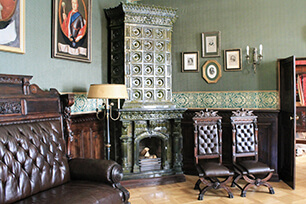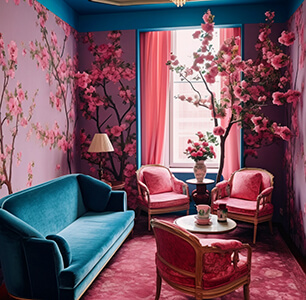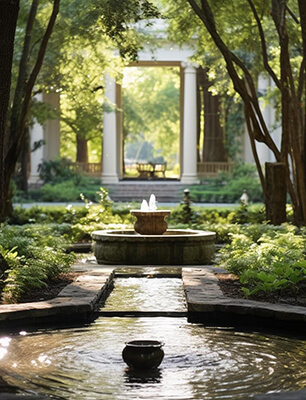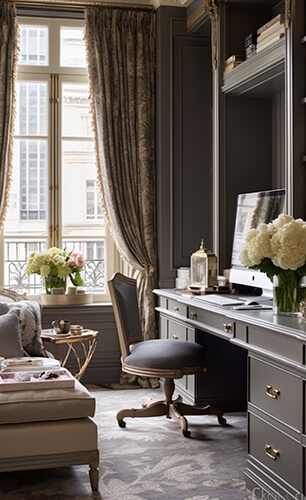Contemporary Elegance: The Evolution of British Interior Design since the 1980s
Introduction
In recent decades, British interior design has undergone a remarkable transformation, embracing diverse styles influenced by global trends, cultural events, and the creative minds of influential designers. Join us on a journey through the changing landscape of British interior design since the 1980s.

1. The 1980s: The Era of Eclecticism
The 1980s were a period of bold experimentation and eclecticism in British interior design. Designers embraced bright and vibrant colours, mixed patterns fearlessly, and incorporated elements from various cultures. Here's a closer look at the defining features of 1980s interior design:
1.1 Neon and Pastel Colours
Bright neon hues and pastel shades were all the rage during this era. Walls were often painted in eye-catching colours like electric blue, hot pink, or mint green.

1.2 Geometric Patterns
Geometric patterns found their way onto wallpapers, upholstery, and even floors. Zigzags, triangles, and circles added an element of fun and energy to the interiors.
1.3 Pop Culture Influence
The 1980s were heavily influenced by pop culture, with references to music icons, movies, and television shows incorporated into interior decor. Think Michael Jackson posters and neon 'Miami Vice' aesthetics.
2. The 1990s: Minimalism Takes Center Stage
As the 1980s gave way to the 1990s, British interior design saw a shift towards minimalism. Clean lines, neutral palettes, and a focus on functionality became the hallmark of this decade. Here are the key characteristics of 1990s interior design:
2.1 Neutral Color Schemes
Whites, greys, and beige tones dominated 1990s interiors, creating a sense of calm and serenity. Natural materials like wood and stone were commonly used.
2.2 Minimalist Furniture
Furniture designs became more streamlined and functional. Pieces with sleek profiles and simple shapes gained popularity.
2.3 Feng Shui and Zen Influence
The 1990s saw an interest in Eastern philosophies like Feng Shui and Zen, influencing interior layouts and decor choices to promote harmony and balance.

3. The 21st Century: British Interior Design Goes Global
The 21st century brought about a revolution in British interior design, marked by a global outlook and a focus on sustainability. Let's delve into the design trends that have defined the new millennium:

3.1 Global Fusion
The 21st century saw a blending of diverse cultural influences in interior design. Elements from different parts of the world, such as Moroccan tiles, Scandinavian furniture, and African textiles, found their way into British homes, creating a truly global aesthetic.
3.2 Sustainable Design
With increasing awareness of environmental issues, sustainability became a central theme in interior design. Reclaimed materials, energy-efficient lighting, and eco-friendly furnishings became essential components of modern interiors.
3.3 Technology Integration
Advancements in technology have profoundly impacted interior design. Smart homes, integrated audio-visual systems, and wireless automation have become integral to contemporary living spaces.
Conclusion
British interior design has evolved dramatically since the 1980s, reflecting shifting cultural landscapes and the visionary work of designers. This journey from eclecticism to minimalism to global fusion showcases the dynamic and ever-changing nature of interior design in the United Kingdom.

